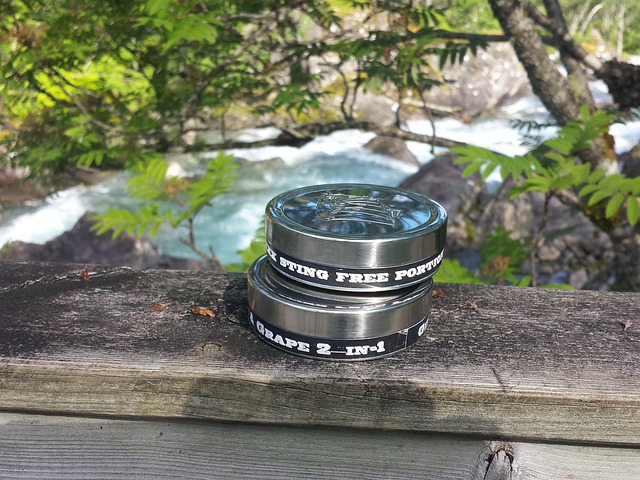San Antonio homeowners face water damage risks from various sources, notably faulty plumbing (leaking pipes, clogged drains), weather events (heavy rainfall, extreme cold), and inadequate drainage/ventilation. Prompt action is crucial to mitigate harm. Addressing root causes like burst pipes, leaking appliances, and roof leaks through strategic mitigation—including removing wet materials, drying affected areas, and repairing damage—can prevent extensive repairs and costly replacements, with professional water mitigation services recommended for severe cases.
In San Antonio, home owners often face the daunting task of bathroom flood repair due to the city’s frequent storms and rising water tables. Understanding the root causes is key to prevention. This article uncovers the 5 most common causes of water damage in San Antonio homes, delving into the complexities of bathroom flood repairs and offering a comprehensive guide for effective mitigation strategies. Learn how to protect your home and restore your bathroom to its pristine state.
- Uncovering the Top 5 Water Damage Triggers in San Antonio Homes
- The Complexities of Bathroom Flood Repairs: A Comprehensive Guide
- Effective Strategies for Mitigating Water Damage and Restoring Your Bathroom
Uncovering the Top 5 Water Damage Triggers in San Antonio Homes

In San Antonio homes, understanding the top 5 water damage triggers is essential for proactive maintenance and quick response during emergencies. These common causes include faulty plumbing, leaking appliances, heavy rainfall, broken pipes, and inadequate drainage systems. Faulty plumbing, such as busted water lines or poorly sealed joints, can lead to significant water leaks, causing extensive damage if left unattended. Leaking appliances like refrigerators or dishwashers are another frequent culprit, especially in older homes where appliance maintenance may be overlooked.
Heavy rainfall and intense storms contribute to water mitigation challenges due to overwhelming drainage issues and overflows. Additionally, broken pipes, whether from freezing temperatures or aging infrastructure, can result in sudden gushes of water, leading to rapid damage accumulation. Inadequate drainage systems around the home, including clogged gutters and poorly designed downspouts, further exacerbate the problem by redirecting excess rainwater towards foundations and entry points.
The Complexities of Bathroom Flood Repairs: A Comprehensive Guide

Bathroom flood repairs can be a complex process, especially considering the high moisture levels and potential structural damage that often accompany them. Understanding the root causes of water damage is crucial for effective mitigation and repair strategies. In San Antonio homes, the 5 most common causes of water damage are pipes bursting due to extreme cold or temperature fluctuations, faulty plumbing connections, leaking toilets, clogs leading to overflows, and roof leaks. Identifying these issues promptly is key to minimizing extensive repairs and costly replacements.
When a bathroom flood occurs, it’s essential to not only stop the water flow but also address the underlying cause swiftly. Delving into the specifics of each common issue requires specialized knowledge and tools. For example, a frozen pipe may demand emergency thawing methods, while a leaky roof necessitates professional repair or replacement. Property owners in San Antonio should remember that quick action is vital to prevent mold growth, structural damage, and costly renovations.
Effective Strategies for Mitigating Water Damage and Restoring Your Bathroom

Water damage is a common concern for homeowners, especially in areas prone to humidity and frequent rainfall like San Antonio. Addressing the 5 most common causes of water damage in San Antonio homes is crucial for maintaining a dry, healthy living space. The first step in mitigating water damage is understanding these sources. Leaking pipes, often due to old or faulty fixtures, are a leading cause, particularly in bathrooms where high moisture levels exacerbate the issue. Second, clogged drains and sewer lines can create pooling water, leading to mold growth if left unattended. Third, inadequate ventilation allows humidity to build up, causing wood materials to warp and promoting bacterial growth. Fourth, weather-related events like storms and hurricanes frequently result in overflows from plumbing systems or roof leaks, emphasizing the need for robust water mitigation strategies. Lastly, foundation cracks can introduce water into homes, necessitating prompt repair and waterproofing solutions.
To restore your bathroom after a flood, follow these effective strategies: first, assess the extent of damage and remove any wet materials to prevent mold growth. Next, turn off the water supply at the main shut-off valve to stop further leakage. Then, dry the affected area thoroughly using fans or dehumidifiers, addressing humidity concerns. It’s important to clean and disinfect surfaces to eliminate bacteria and ensure a healthy environment. Finally, repair or replace damaged items, such as flooring, walls, and fixtures, and consider professional water mitigation services for severe cases, focusing on the 5 most common causes of water damage in San Antonio homes to prevent future incidents.
In addressing bathroom flood repairs, understanding the complex interplay between water damage and San Antonio’s climate is key. The article has unveiled the top 5 causes of water damage in the region, offering insights into prevention strategies. By implementing effective mitigation techniques discussed, homeowners can safeguard their bathrooms from the most common culprits, ensuring swift restoration and minimizing long-term risks. Remember, proactive measures are the best defense against water-related headaches.
